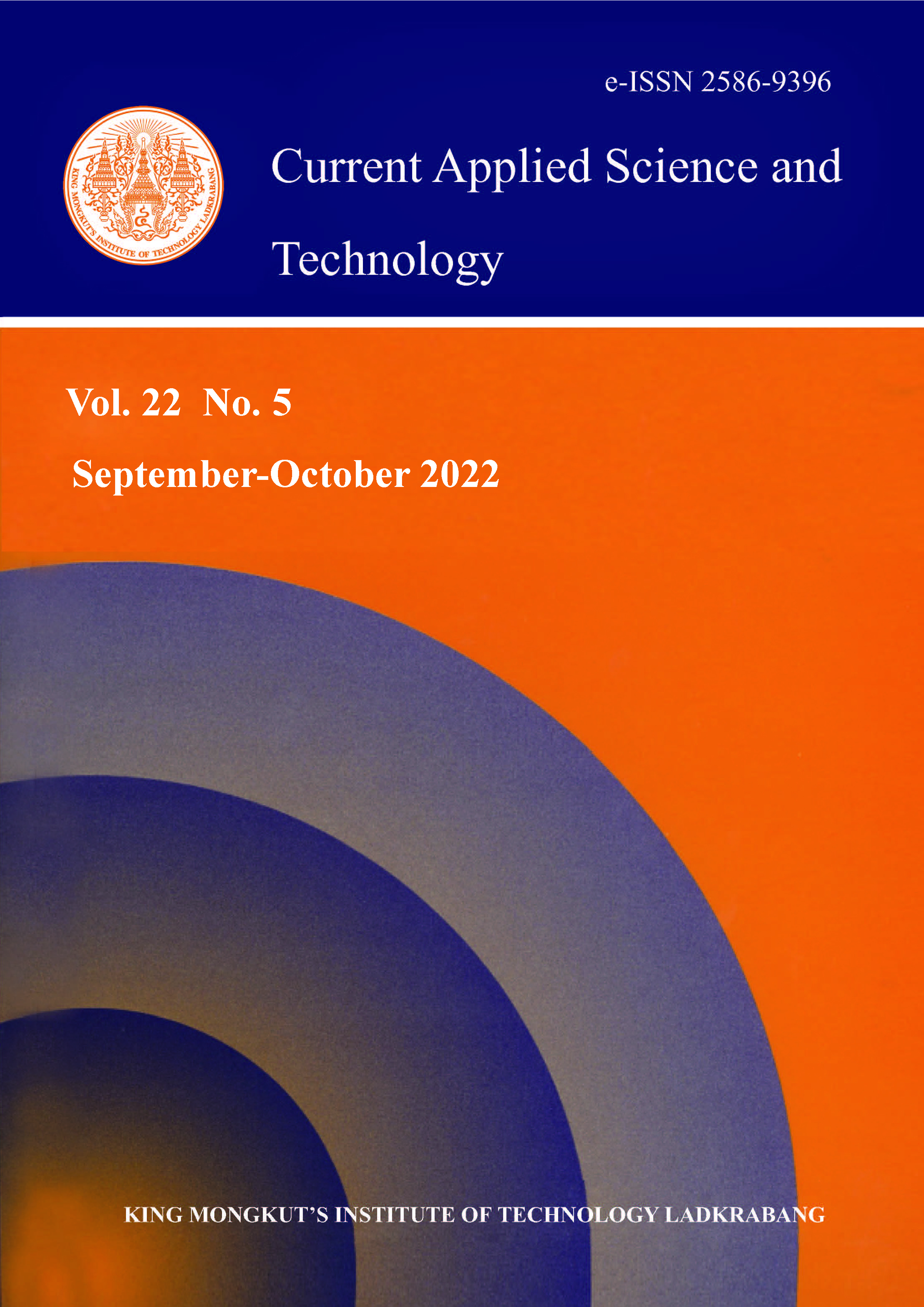Turmeric (Curcuma longa L.) is one of the popular medicinal plants that is widely used and consumed in Thailand. In particular, it is taken to mix with curry and used as an herbal medicine for the general public. In this study, the specific activities of natural (226Ra, 232Th and 40K) and anthropogenic (137Cs) radionuclides that had accumulated in the rhizomes of fresh turmeric plants were measured and analyzed using a high purity germanium detector (HPGe) and gamma spectrometric analysis system. A total of 20 samples of fresh turmeric were collected from Lan Khoi Sub-district, Pa Phayom District, Phatthalung Province and were then prepared according to the standard method described in the IAEA manual. It was found that the range of values of 226Ra,232Th, 40K and 137Cs were <1.48-4.36, 7.78 - 17.65, 719.52 - 974.43, and < 1.40 - < 2.31 Bq/kg, respectively. The average values of those ranges were 1.99±0.07, 10.30±0.40, 818.03 ±22.85, and <1.82±0.25 Bq/kg, respectively. According to the asymmetrical distribution of specific activities of all required radionuclides, the median values of 226Ra, 232Th and 40K were used to evaluate some related radiological hazard indices which were annual radionuclide intake (Da), annual effective dose (Deff), total annual effective dose (Dtotal), and Lifetime Cancer Risk (LCR). Furthermore, the results were presented and compared to national and international recommended data. Moreover, the measured and evaluated values fell under the recommended limits of the UNSCEAR and IAEA.
Keywords: Turmeric; Curcuma longa L.; high purity germanium detector; HPGe; radiological hazard index; lifetime cancer risk
*Corresponding author: Tel.: (+66) 815423598 Fax: (+66) 74317600
E-mail: prasong@tsu.ac.th
Kessaratikoon*, P. ., Ninsalai, K. ., Boonkrongcheep, R. ., & Changkit, N. . (2022). Measurement and Analysis of Specific Activities of Natural and Anthropogenic Radionuclides in Fresh Turmeric (Curcuma longa L.) from Lan Khoi Sub-district, Pa Phayom District, Phatthalung. CURRENT APPLIED SCIENCE AND TECHNOLOGY, DOI: 10.55003/cast.2022.05.22.008 (11 pages). https://doi.org/10.55003/cast.2022.05.22.008


https://cast.kmitl.ac.th/doi/10.55003/cast.2022.05.22.008